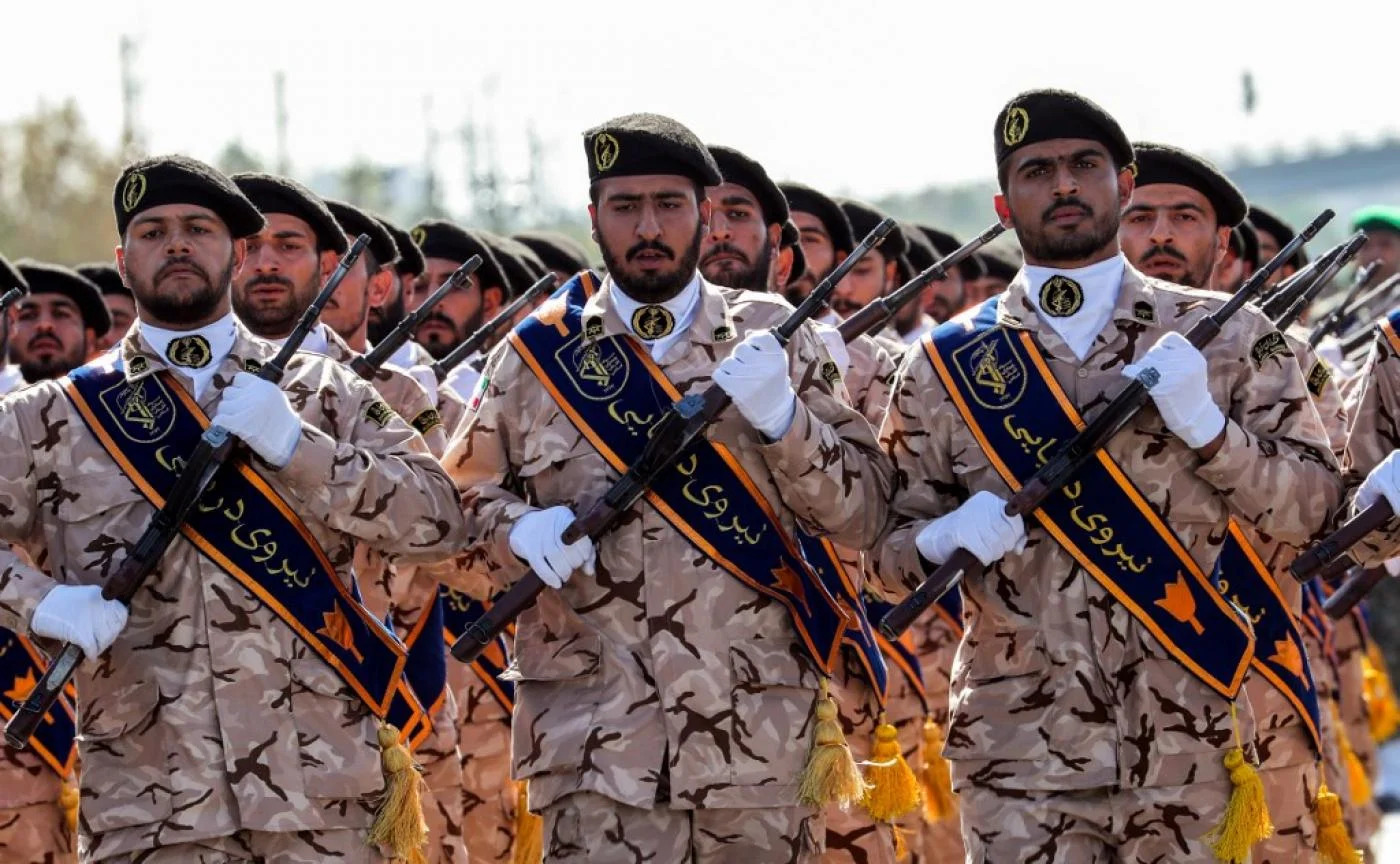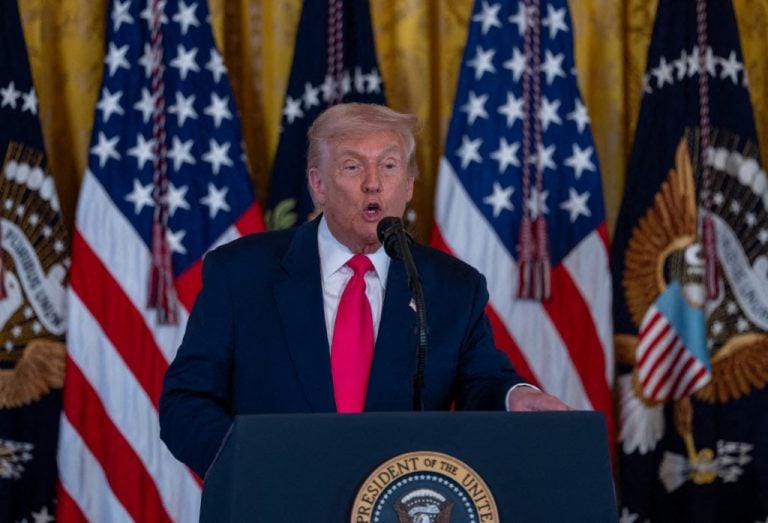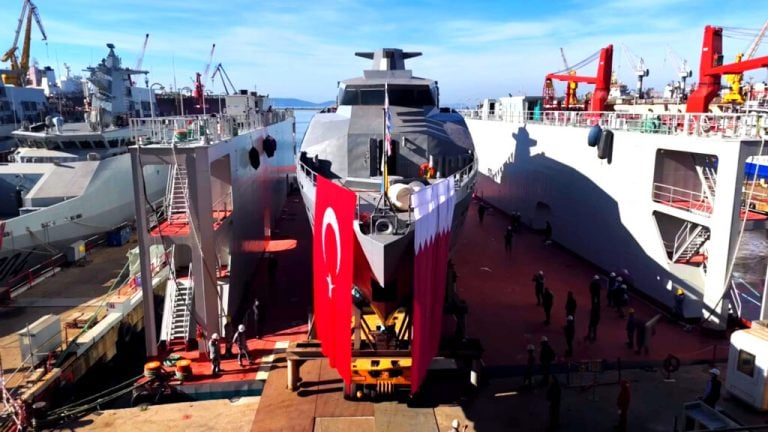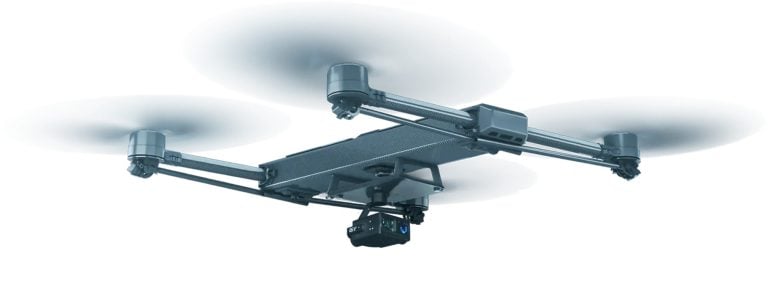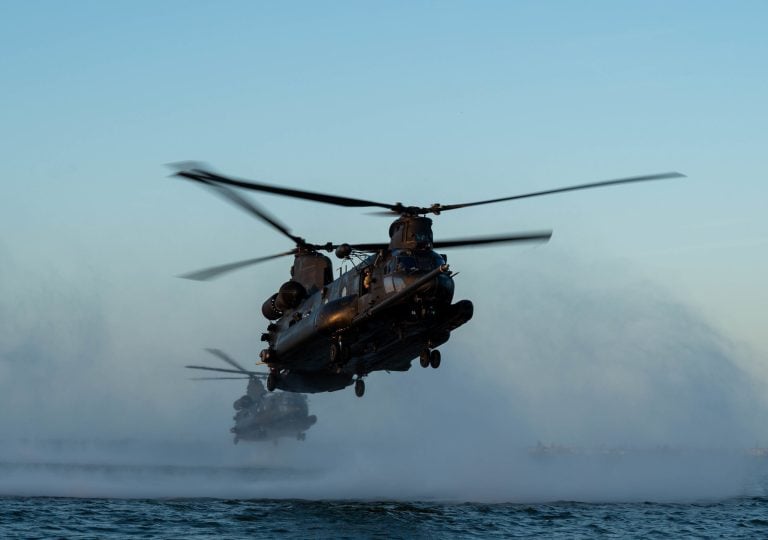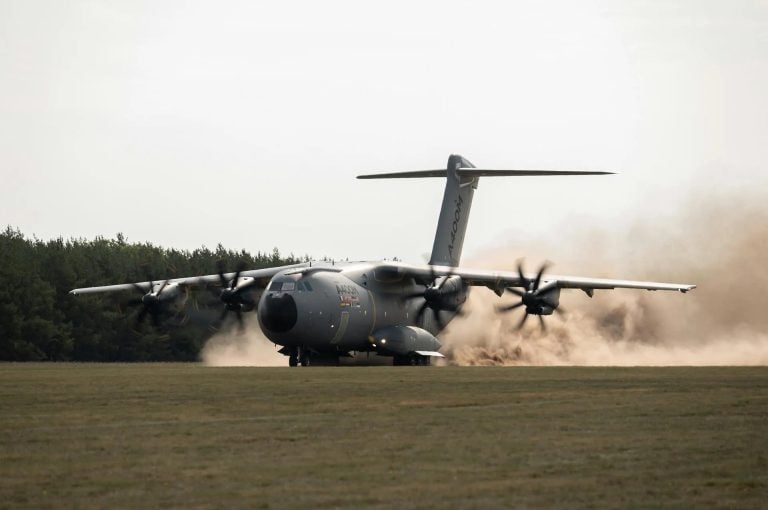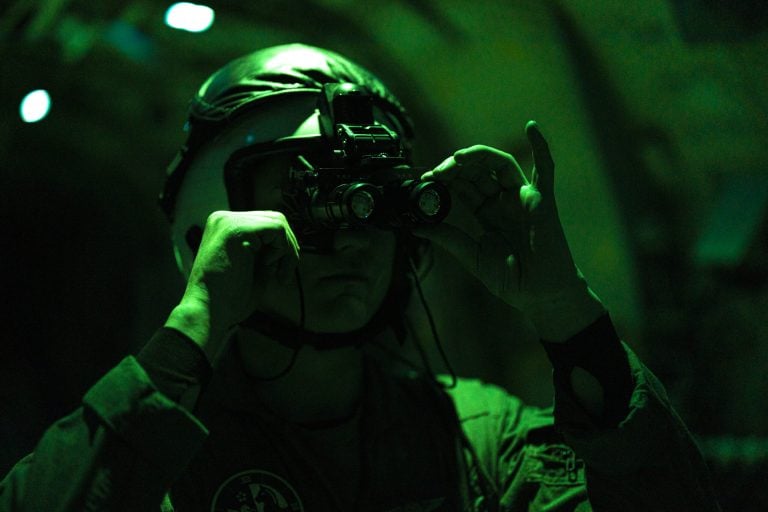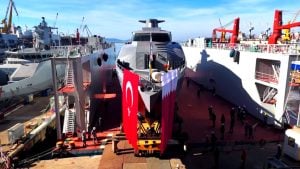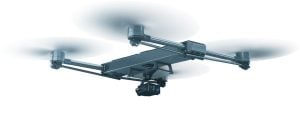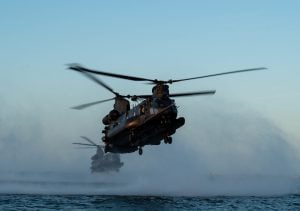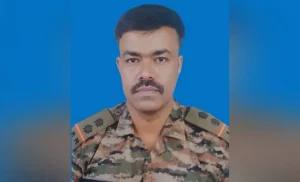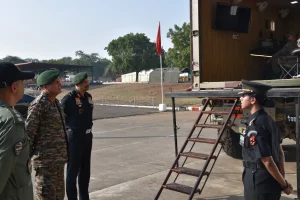Iran’s Revolutionary Guards recently revealed its first drone carrier, designated the Martyr Bahman Bagheri, in waters of the Gulf, marking a significant milestone in the nation’s military capability. This carrier, which has been converted from a commercial vessel over the last two-and-a-half years, was introduced during a ceremonial event attended by high-ranking military officials, including the Guards’ naval commander Alireza Tangsiri.
Tangsiri referred to the Martyr Bahman Bagheri as the “largest naval military project” in the history of the Islamic Republic, highlighting its advanced functionalities. The carrier is equipped to launch long-range missiles and is designed to transport an array of drones and helicopters. Its capabilities extend to electronic warfare, and it is engineered to remain operational at sea for periods of up to a year. Reports indicate this vessel has the capacity to house 60 drones, providing it with a robust potential for aerial reconnaissance and combat.
During the unveiling ceremony, Guards chief Hossein Salami made statements aimed at reassuring regional neighbors, asserting that while Iran does not intend to pose a threat, it will not yield to external pressures or threats from any power. Salami emphasized that Iran would refrain from engaging in military conflicts with recognized governments, framing the unveiling of the drone carrier within a context of national defense and deterrence rather than aggression.
General Mohammad Bagheri, the chief of the Iranian armed forces, characterized the vessel as a “mobile base” that can function autonomously in global waters, boosting Iran’s operational flexibility in international maritime domains. The development of the Martyr Bahman Bagheri aligns with broader trends in Iranian military strategy, particularly in light of recent geopolitical tensions and the imperative to enhance defense capabilities.
Additionally, just days prior, Iran showcased a new ballistic missile with a reported range of 1,700 kilometers (about 1,056 miles), signaling advancements in missile technology amid ongoing military developments. This unveiling took place at a ceremony attended by President Masoud Pezeshkian, further underscoring the Iranian government’s focus on military strength.
The timing of these announcements coincides with the Fajr decade, an annual celebration commemorating the Islamic revolution that ousted the US-backed monarch in 1979. In the years following this revolution and the severing of ties with the US, which had been Iran’s primary arms supplier, the country has made significant strides in developing a sophisticated arsenal of missiles and drones.
In the wake of renewed tensions under previous US administrations, including Donald Trump’s “maximum pressure” approach, Iran has increasingly conducted displays of military might. These recent unveilings form part of a broader narrative, with Iranian armed forces engaging in large-scale military exercises and revealing previously undisclosed underground military facilities, all of which serve to reinforce Iran’s defense posture in a tumultuous regional environment.
